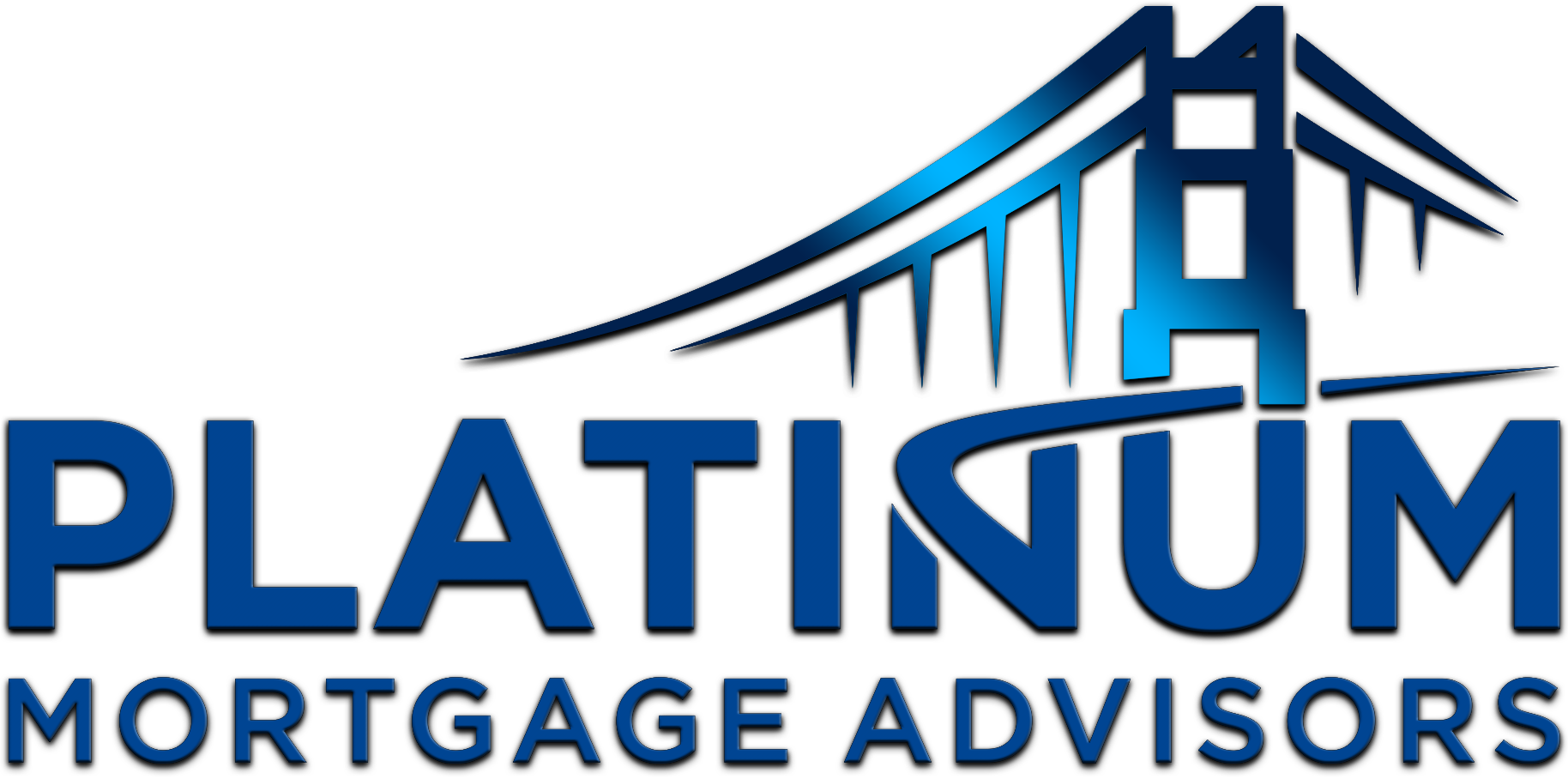
Alternative Documentation for Self-Employed Borrowers
If you’re self-employed or a freelancer, traditional tax returns often don’t reflect your true income because of business write-offs. That’s why lenders may use alternative documentation to verify your ability to qualify.
Common Options Include:
- Bank Statements – Personal or business bank statements (typically 12–24 months) provide a direct record of deposits and cash flow.
- 1099 Forms – Show third-party verification of contractor or freelance income.
- Profit & Loss (P&L) Statements – CPA-prepared statements give a clear record of business revenue and expenses.
- Asset Depletion – Liquid assets (such as savings, stocks, bonds, or retirement accounts) and investment income (dividends, interest, or portfolio balances) can be used to calculate qualifying income and demonstrate repayment ability.
- CPA Letter – Confirms business ownership, history, and financial stability.
Why It Matters:
- Provides a more accurate view of cash flow than tax returns alone.
- Helps calculate qualifying income when taxable income looks artificially low.
- Gives lenders confidence by balancing higher risk loans with strong financial documentation.
These programs are part of today’s non-QM (non-qualified mortgage) options, giving self-employed borrowers more flexibility to secure financing.
Get started today!
Fill out the questionnaire on this page to start a discussion about your mortgage needs today!

